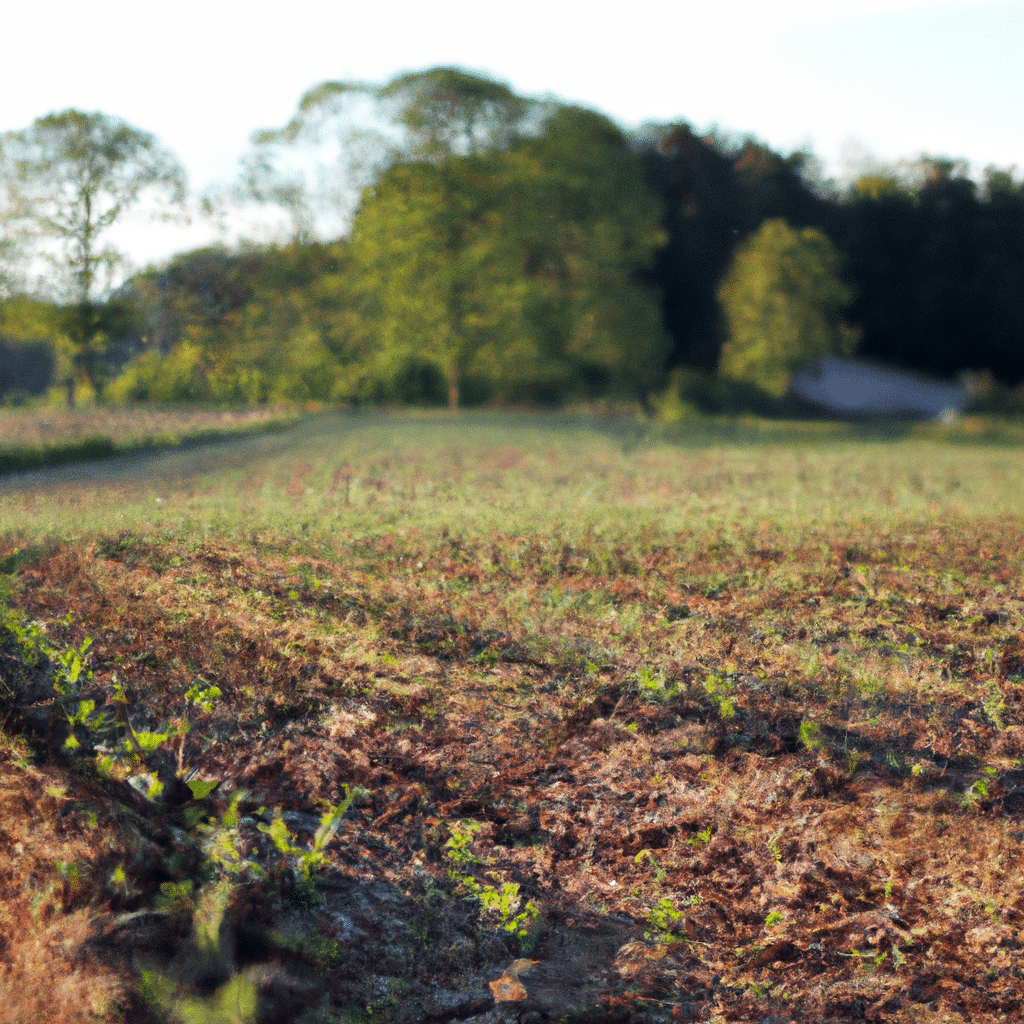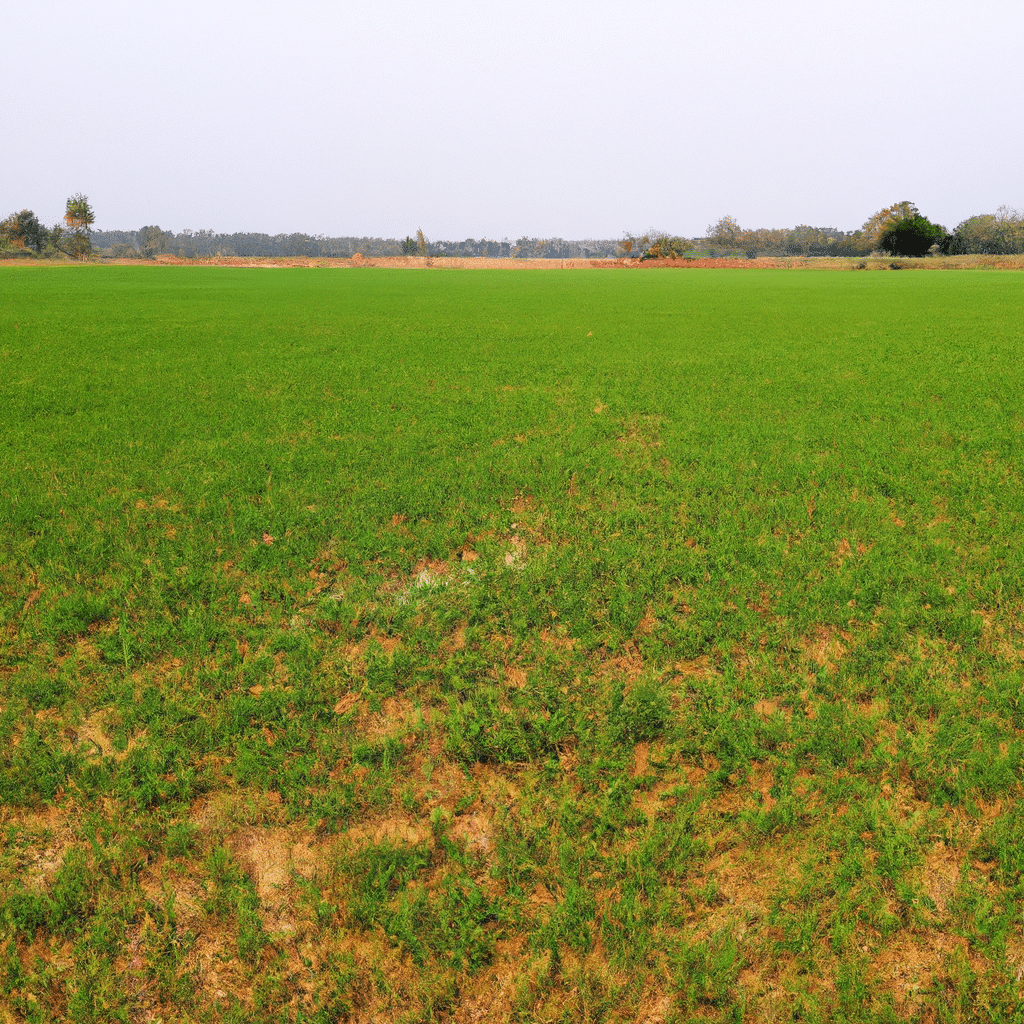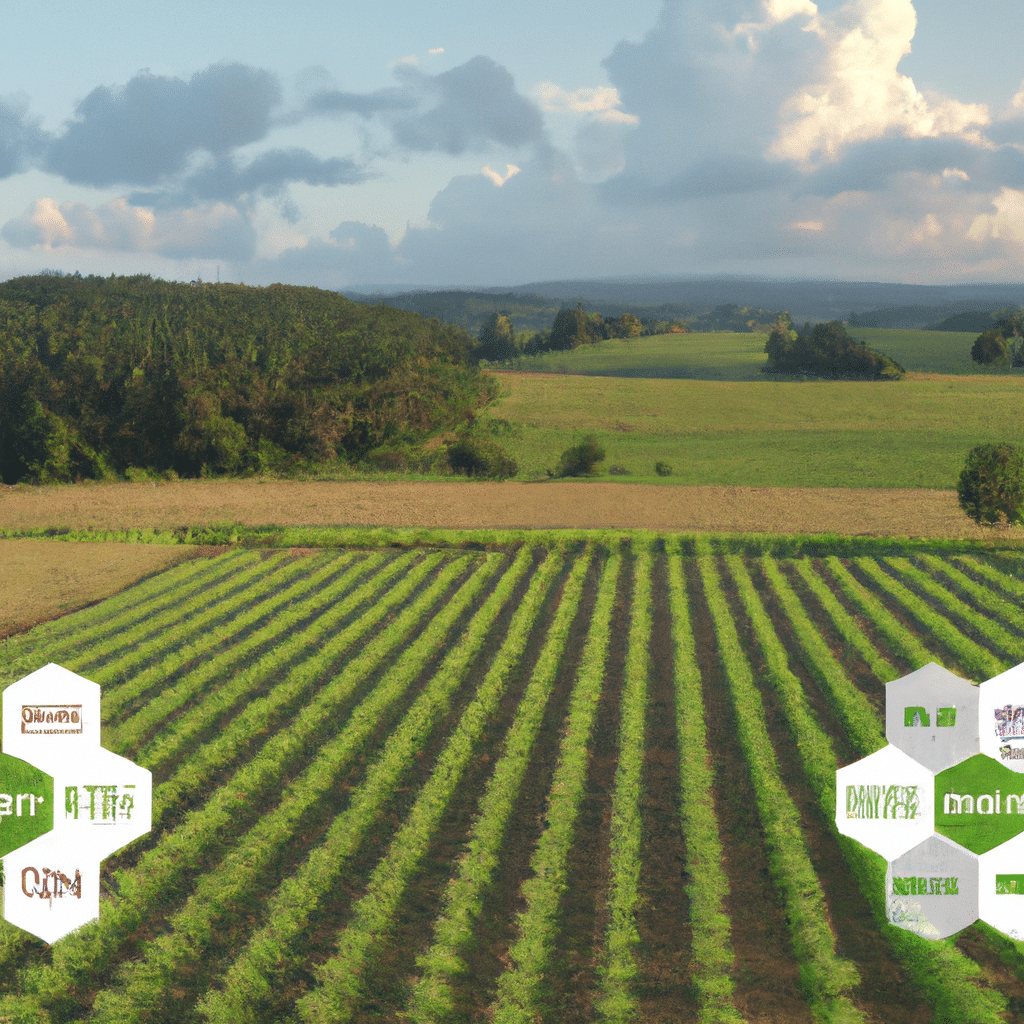In the ever-changing landscape of agriculture, farmers face numerous risks that can significantly impact their livelihoods. Unpredictable weather patterns, pests, diseases, market fluctuations, and other factors create an environment of uncertainty. To mitigate these risks, farmers turn to crop insurance, a vital tool that provides financial protection against potential losses. In this article, we will delve into the world of crop insurance, exploring new strategies and approaches that can help farmers navigate the challenges they face.
Understanding Crop Insurance
Crop insurance is a risk management tool designed to protect farmers against potential losses caused by various perils, including but not limited to adverse weather conditions, disease outbreaks, and market fluctuations. It provides financial support to farmers when they experience a decline in crop yield or market prices. With the right insurance coverage, farmers can minimize the impact of unforeseen events and secure their agricultural operations.
The Importance of Crop Insurance
- Ensuring Financial Stability: Crop insurance plays a crucial role in ensuring the financial stability of farmers. It provides a safety net that helps farmers recover from unexpected losses and continue operating their businesses. By reducing financial strain, crop insurance enables farmers to invest in new technologies, purchase quality inputs, and improve overall productivity.
- Stimulating Agricultural Growth: By safeguarding farmers’ incomes, crop insurance promotes agricultural growth. Farmers who have insurance coverage are more likely to take calculated risks, adopt innovative practices, and explore new markets. This, in turn, leads to increased productivity, improved food security, and overall economic development in rural communities.
- Protecting Lenders and Investors: Crop insurance not only benefits farmers but also provides security to lenders and investors. When farmers have insurance coverage, financial institutions are more willing to provide loans and invest in agricultural ventures. This boosts farmers’ access to capital, allowing them to expand their operations and contribute to the growth of the agricultural sector.
Traditional Crop Insurance Policies
Traditional crop insurance policies have been the backbone of risk management in agriculture for decades. These policies typically cover yield losses caused by weather-related events, such as droughts, floods, hailstorms, and excessive rainfall. While they provide valuable protection, traditional policies have limitations that can leave farmers vulnerable in certain situations.
- Yield-Based Coverage: Traditional policies primarily focus on insuring crop yields. These policies pay out when the actual yield falls below a predetermined threshold, known as the “trigger yield.” However, they do not consider other factors that may affect a farmer’s profitability, such as changes in input costs or market prices.
- Limited Coverage Options: Traditional crop insurance policies often offer limited coverage options, leaving farmers with gaps in protection. For example, policies may not cover certain crops or may have coverage limitations based on geographical location. This lack of flexibility can hinder farmers’ ability to fully manage their risks.
- Delayed Payouts: In some cases, traditional crop insurance policies may require a significant time period for claims processing and payouts. This delay can be detrimental to farmers who need immediate financial assistance to recover from losses and continue their operations.
New Strategies for Effective Crop Insurance
To address the limitations of traditional crop insurance policies and enhance risk management in agriculture, new strategies and approaches have emerged. These innovative solutions aim to provide farmers with more comprehensive coverage, greater flexibility, and faster claims processing. Let’s explore some of these strategies:
- Revenue-Based Coverage: Unlike traditional policies that focus solely on yield, revenue-based coverage considers both yield and market prices. This type of coverage provides protection against potential revenue losses, taking into account fluctuations in market prices. By insuring revenue, farmers can better manage their financial risks and preserve their profitability.
- Area-Based Insurance: Area-based insurance, also known as index-based insurance, offers coverage based on predetermined weather indices, such as rainfall levels or temperature thresholds. Rather than assessing individual farm losses, area-based insurance compensates farmers when the weather conditions in their region trigger a payout. This approach simplifies claims processing and provides faster payouts, enabling farmers to recover more quickly.
- Parametric Insurance: Parametric insurance is another innovative solution that focuses on predefined parameters rather than actual losses. For example, a parametric insurance policy may provide a payout when rainfall levels fall below a certain threshold, regardless of the actual crop yield. This approach eliminates the need for on-site inspections and simplifies the claims process, allowing for faster payouts.
- Bundled Insurance Products: To provide comprehensive coverage, insurance companies are now offering bundled insurance products that combine multiple risk management tools. These products may include coverage for yield losses, market price fluctuations, input cost increases, and other relevant risks. By bundling different types of coverage, farmers can tailor their insurance policies to their specific needs and manage a broader range of risks.
Conclusion
Crop insurance is a critical component of agricultural risk management, providing farmers with financial protection against unforeseen events. While traditional crop insurance policies have been the norm for many years, new strategies and approaches are emerging to enhance risk management in agriculture. Revenue-based coverage, area-based insurance, parametric insurance, and bundled insurance products offer farmers more comprehensive coverage, greater flexibility, and faster claims processing. By embracing these new strategies, farmers can navigate the challenges of agricultural risks more effectively and secure their future in an ever-changing environment.















